Bonsai, a form of art that has been subtly shaping our living spaces for centuries, is more than just miniaturized trees. It’s an intricate blend of nature, culture, and patience, where each tree tells its unique story. As we delve into the fascinating world of bonsai, one institution stands out in its dedication to preserving and promoting this art form: The National Bonsai Foundation (NBF).
In this blog post, we’ll explore:
- The NBF’s origin, founders and pioneers
- Penjing Museum’s diverse collections and pavillions
- Promoting Bonsai Art through masterpiece displays and educational programs
- Fostering intercultural friendship and understanding
The National Bonsai Foundation’s Origin, Founders, and Pioneers
How the NBF Originated
The NBF, a nonprofit organization, is a testament to the vision of its founders and pioneers. These people were driven by a deep-rooted passion for the art of bonsai.
This includes notable figures like Janet Lanman, Marion Gyllenswan, Yee Sun Wu, and John Creech. Their collective efforts have shaped the NBF’s rich history.
- 1976: The journey of the NBF began when Japan’s Nippon Bonsai Association gifted 53 bonsai trees to the United States to commemorate its bicentennial. This generous gift formed the basis of the National Bonsai & Penjing Museum. It planted the seed for what would become a beacon for bonsai enthusiasts worldwide.
- 1982: The NBF was officially established, with Marion Gyllenswan appointed as its first president. The mission was clear: to support the museum in its efforts to promote the art of bonsai. They believed in creating a platform to preserve bonsai culture and make it accessible to everyone.
Janet Lanman, an NBF Board Member and executive director, played a pivotal role in acquiring American bonsai trees. Her efforts filled a gap in the museum’s collection of Chinese bonsai and penjing museum Japanese bonsai. Her collaboration with John Creech, Director of the US National Arboretum, was instrumental in this endeavor.
- 1983: The foundation honored Dr Yee-sun Wu by naming a pavilion after him. Dr. Wu, a renowned collector and designer of penjing in Hong Kong, contributed significantly to the museum’s collection.
The NBF’s Significant Milestones
Over the years, the NBF has grown and evolved, marking several significant milestones along the way:
- 1990: The foundation funded the construction of the Japanese Pavilion. This provided a home for the growing collection of Japanese bonsai at the museum.
- 2005: They expanded their reach by launching their first official website. This move opened up a world of bonsai knowledge to a global audience.
- 2012: The foundation celebrated its 30th anniversary, marking three decades of dedication to the preservation and promotion of bonsai art.
The seeds sown by the founders and national bonsai committee have blossomed into a thriving community of bonsai lovers. They were united by their shared passion and commitment to this ancient tradition.
Exploring the Penjing Museum
If you’re a bonsai enthusiast or simply someone with an appreciation for intricate art forms, a visit to the National Bonsai and Penjing Museum is a must.
Located inside the United States National Arboretum, a part of the foundation, this museum offers its visitors a unique glimpse into the rich history of bonsai and the diverse styles of this ancient Chinese art form.
Understanding Penjing
Before we dive into the penjing museum’s offerings, let’s take a brief moment to understand what Penjing is. Often considered the predecessor of Japanese bonsai, Penjing is more than just miniature trees. It’s a three-dimensional art form that encapsulates the Chinese philosophy of harmony between humans, nature, and the universe.
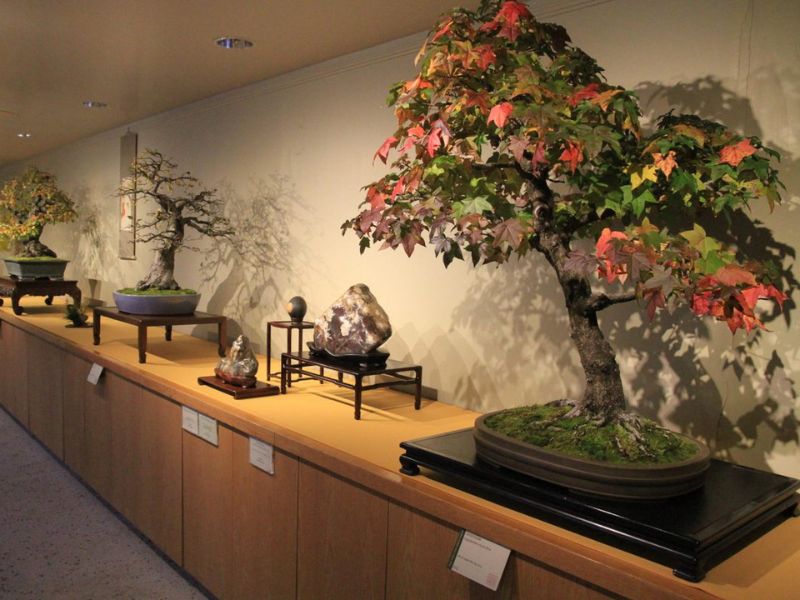
The word ‘Penjing’ itself translates to ‘tray scenery,’ which beautifully sums up the essence of this art form. It’s about creating a miniature landscape that tells a story, often featuring elements like rocks, water, and figurines, along with trees.
The Pavilions at the Museum
Now that you have a basic understanding of Penjing, let’s explore what the museum has to offer:
The Yee-Sun Wu Chinese Pavilion: This pavilion is named after Dr. Yee-Sun Wu, a prominent figure in the world of Penjing. Here, you can marvel at a variety of Penjing styles, each one meticulously crafted to represent different aspects of Chinese culture and philosophy.

The Japanese Pavilion: If you’re a fan of Japanese bonsai, this pavilion is a must-visit. It houses a collection of stunning bonsai trees, each one a testament to the patience, skill, and creativity required in bonsai artistry.
The North American Pavilion: Don’t miss out on exploring the diversity of bonsai styles from North America. This all-American bonsai pavilion showcases the work of local artists, proving that bonsai is truly a global art form.
The Collections Featured
Each pavilion boasts a unique collection that highlights different aspects of bonsai and Penjing. From the traditional Chinese landscapes in the Yee-Sun Wu Pavilion to the meticulous detail of the Japanese bonsai in the Japanese Pavilion, there’s something for everyone.
The North American Pavilion is equally impressive, offering a look at how Western artists have put their spin on bonsai and penjing museum on this ancient Eastern art form.
Promoting Bonsai Art Through Masterpiece Displays and Educational Programs
The NBF is more than a house for bonsai masterpieces; it’s a living, breathing testament to the timeless art of bonsai. Through their carefully curated displays and educational initiatives, they ensure that the beauty and tradition of bonsai art continue to thrive.
Showcasing Bonsai Masterpieces
Step into the world of the National Bonsai Foundation, and you’ll find yourself amidst living artworks that have stood the test of time.
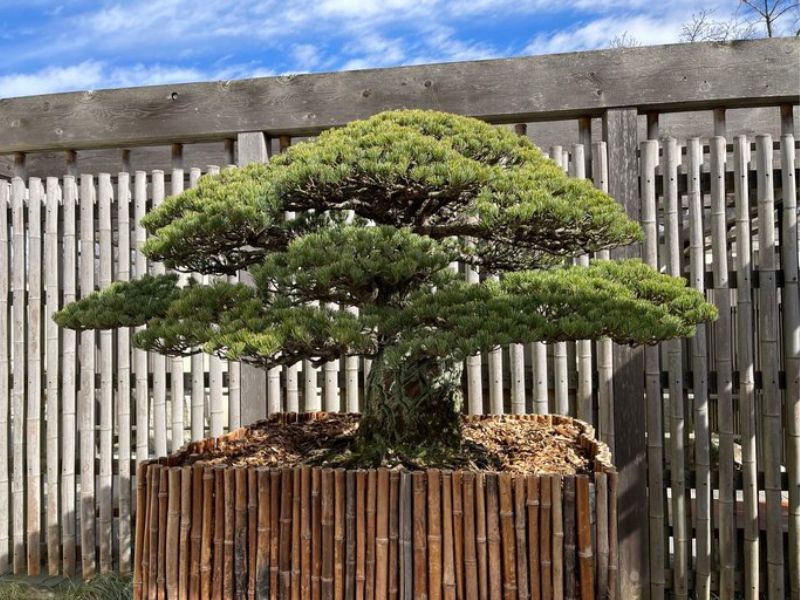
Each tree has a unique story to tell, stories of resilience like the Yamaki Pine, a 400-year-old tree that survived the atomic bombing in Hiroshima and now stands as a symbol of peace and endurance.
Or tales of creativity like Goshin, a forest planting masterpiece by John Naka that showcases the intricate beauty of the “Foemina” juniper species.
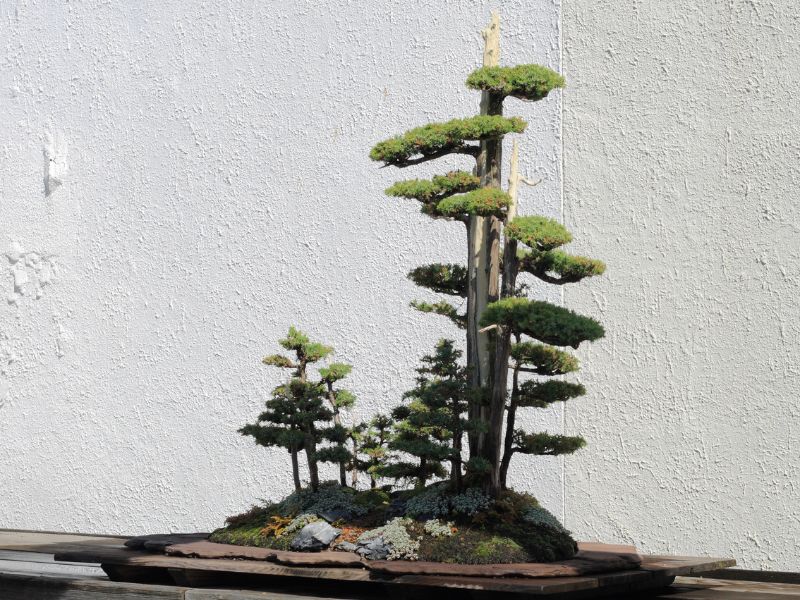
Every corner of the National Bonsai Museum now offers a new journey into the rich history and cultural significance of bonsai art. This translates as a true testament to the meticulous skill and patience required in bonsai artistry.
Educational Programs and Public Events
But the journey doesn’t stop at admiring these masterpieces. The foundation encourages everyone to delve deeper into the world of bonsai through its array of educational programs and public events.
Fostering Intercultural Friendship and Understanding
Bonsai art, in its essence, is a bridge that connects cultures. The foundation understands this deeply and uses the transcendent language of bonsai to foster intercultural friendships and understanding.
Bonsai Art: A Universal Language
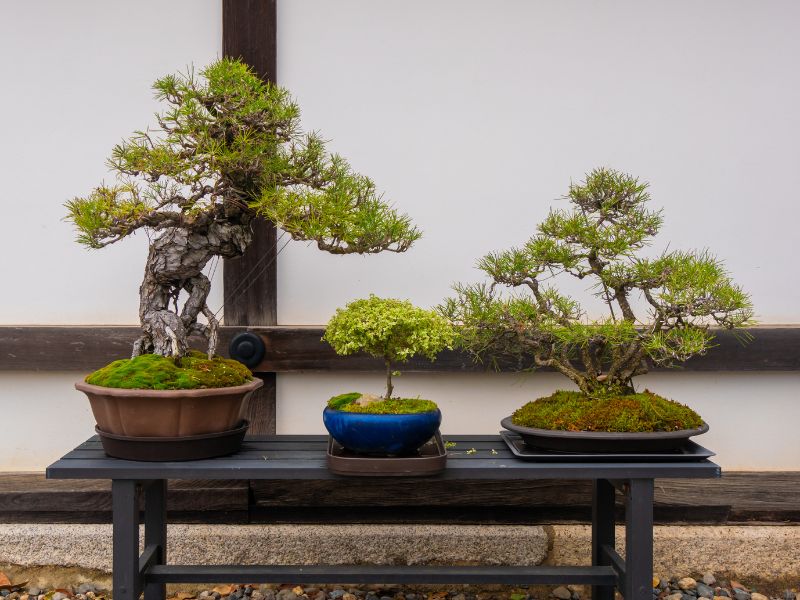
What makes bonsai unique is its universal appeal. It’s an art form that transcends borders, cultures, and languages. At its core, bonsai is about nurturing a connection with nature, a sentiment shared by people around the world. This shared appreciation for bonsai creates a common ground, a space where people from different walks of life can come together, learn from each other, and build lasting friendships.
Collaboration: The Heart of Bonsai Community
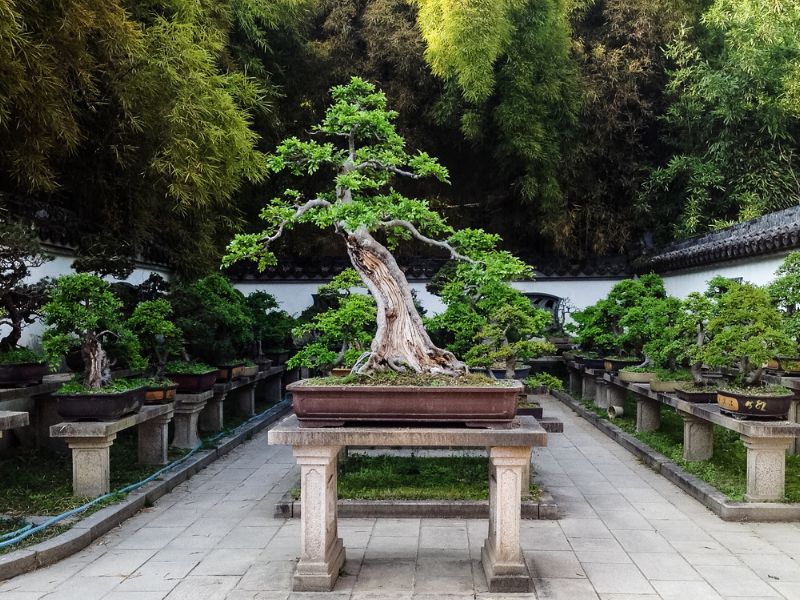
The NBF not only acknowledges this intercultural bond but actively nurtures it. One way they do this is through collaborations with bonsai communities worldwide. These collaborations take various forms, from exchange programs and joint exhibitions to shared research and development initiatives.
The museum’s diverse collection of bonsai trees is an example of itself. The trees come from different parts of the world, each representing its native region’s distinct style and technique. This diversity in the collection is a testament to the global reach of bonsai art and the foundation’s commitment to showcasing this variety.
Final Thoughts
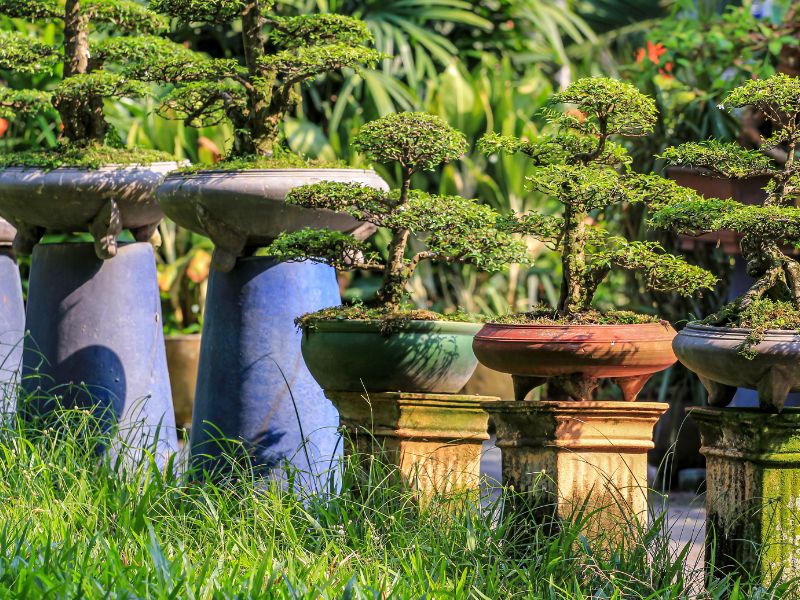
Bonsai art is more than just creating miniature landscapes. It’s a means of communication, a way to promote mutual understanding and respect among different cultures.
By fostering these intercultural bonds, the National Bonsai Foundation is doing more than preserving an art form; it’s helping to build a more inclusive, understanding world.
So next time you visit, remember: every tree tells a story, not just of its own growth, but of the friendships and connections that have helped to shape it.
And who knows? You might even find yourself becoming a part of this global bonsai community.





0 Comments